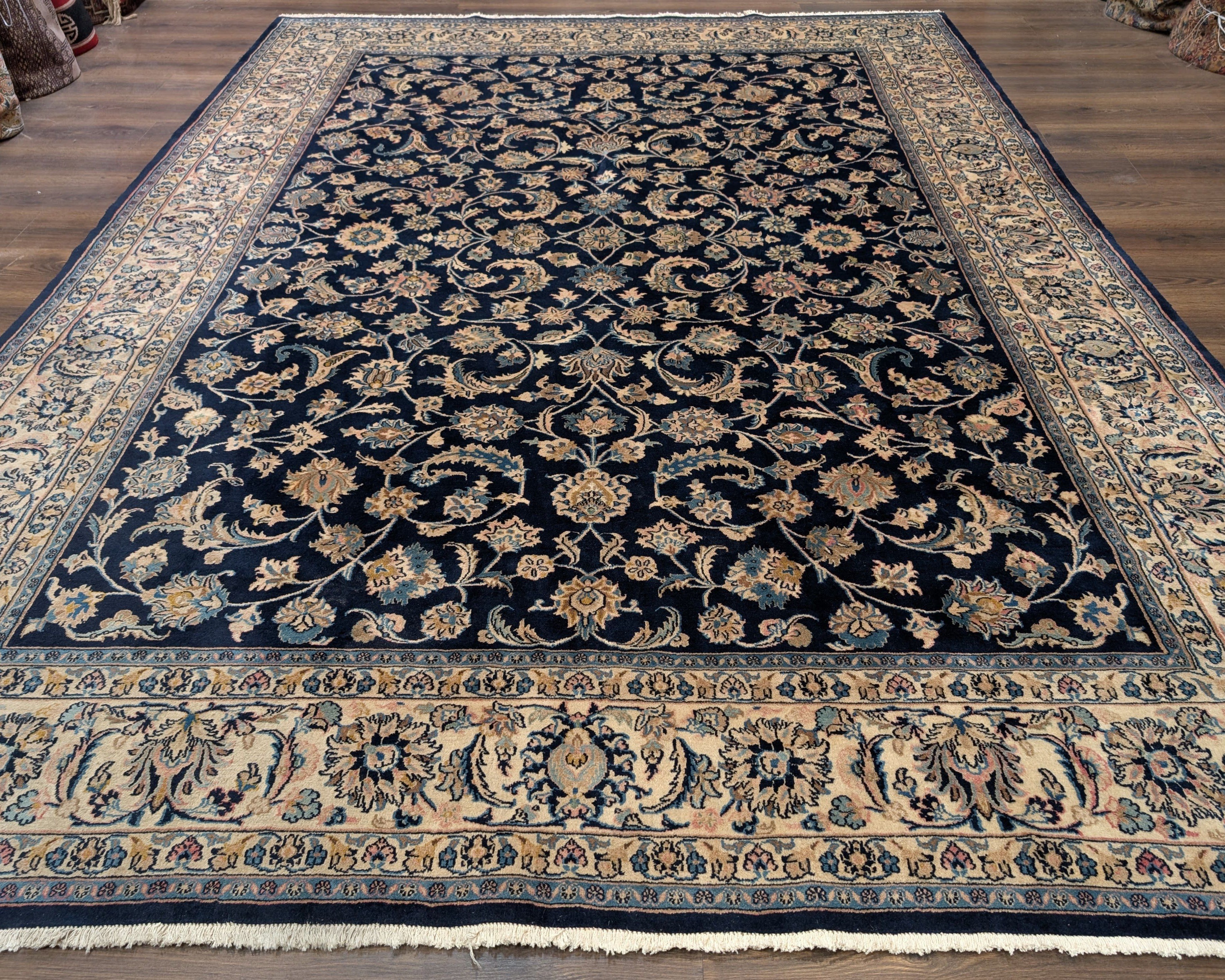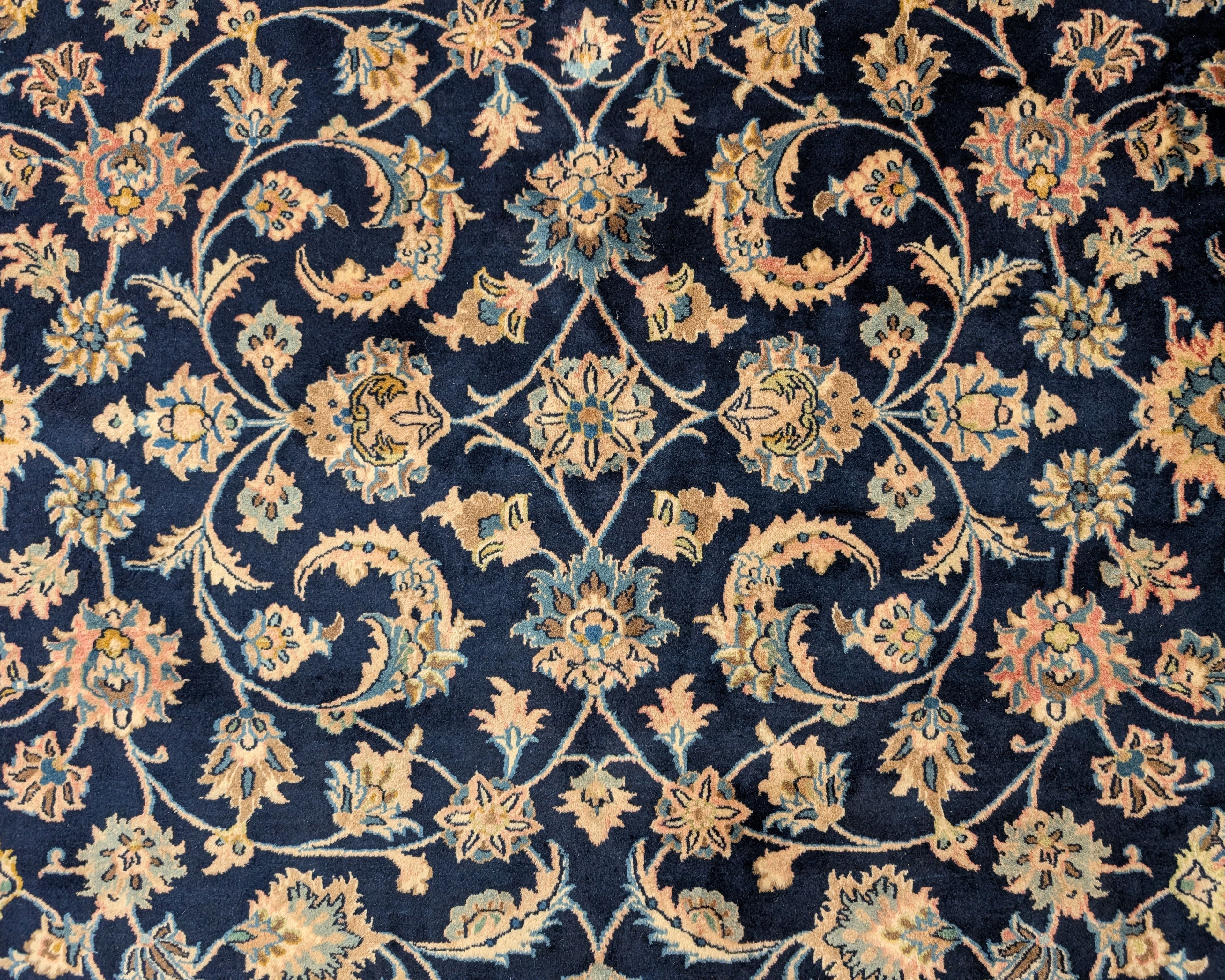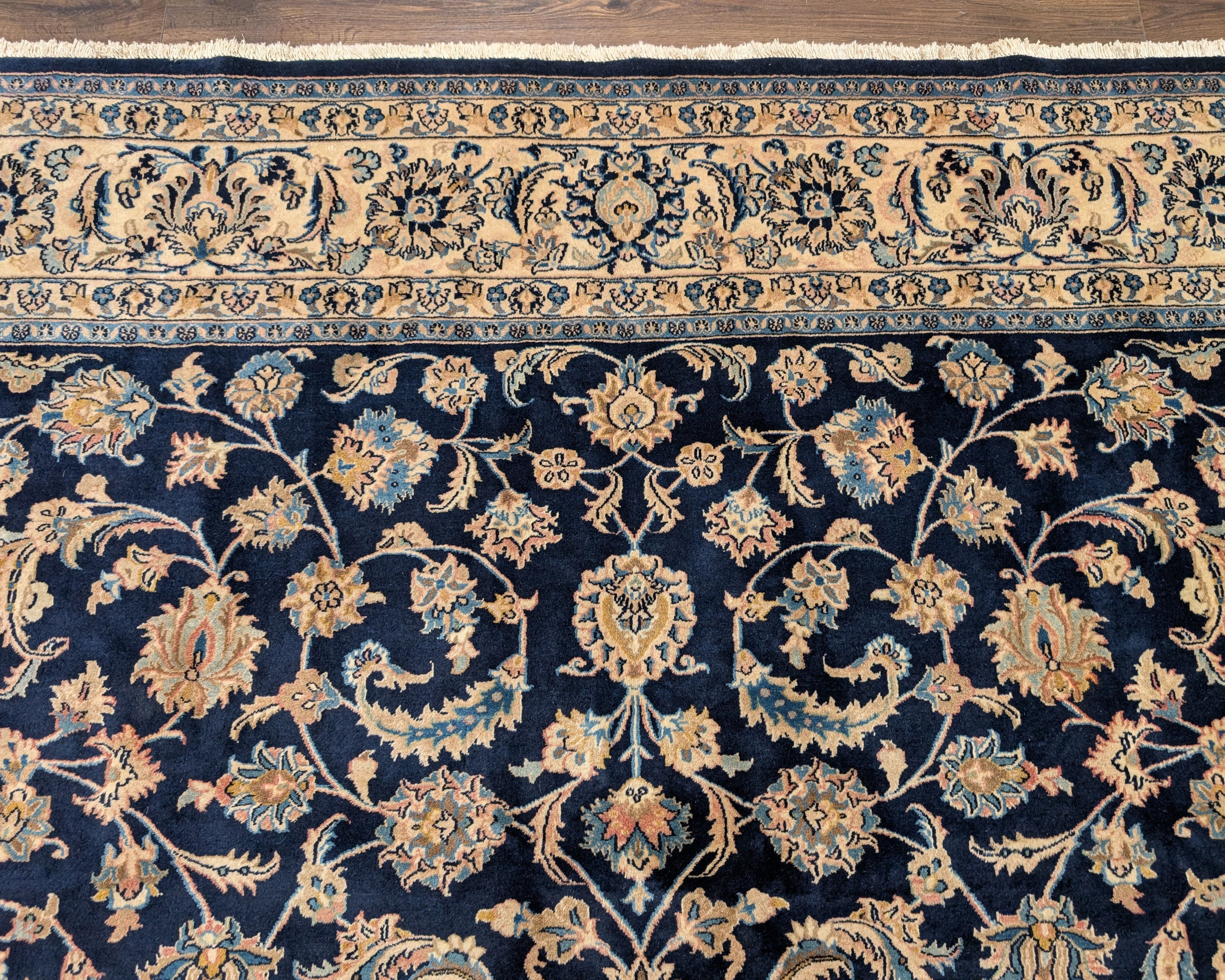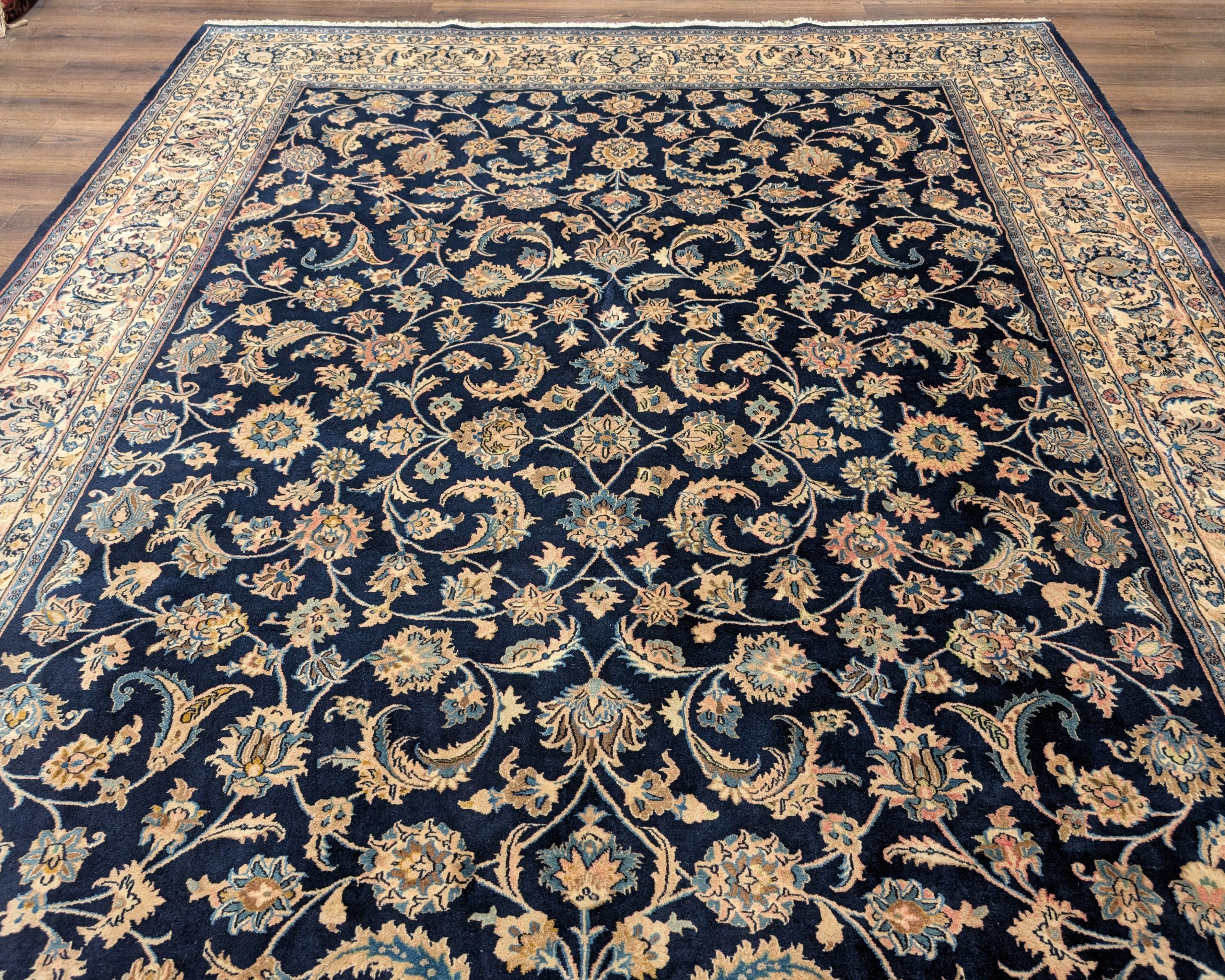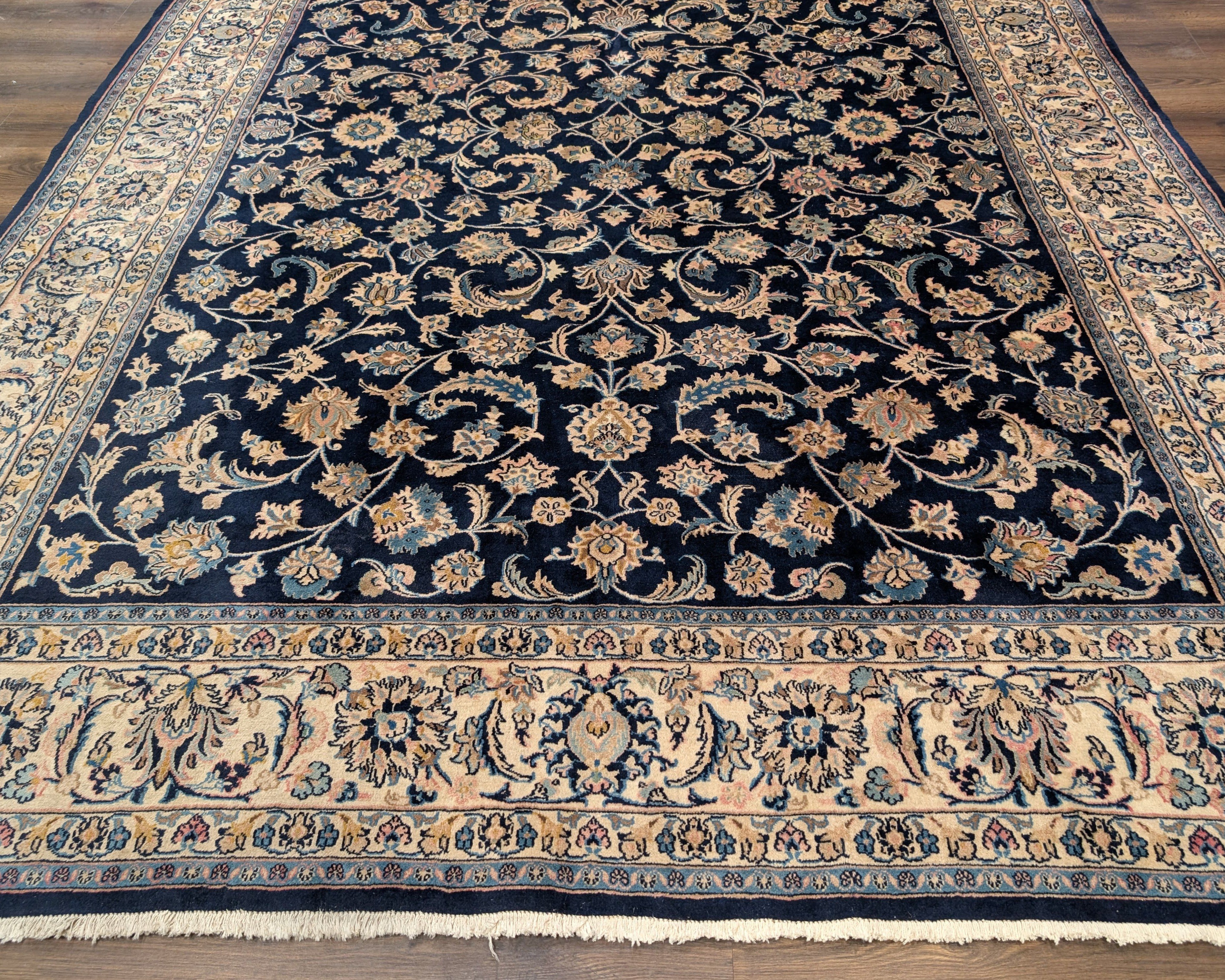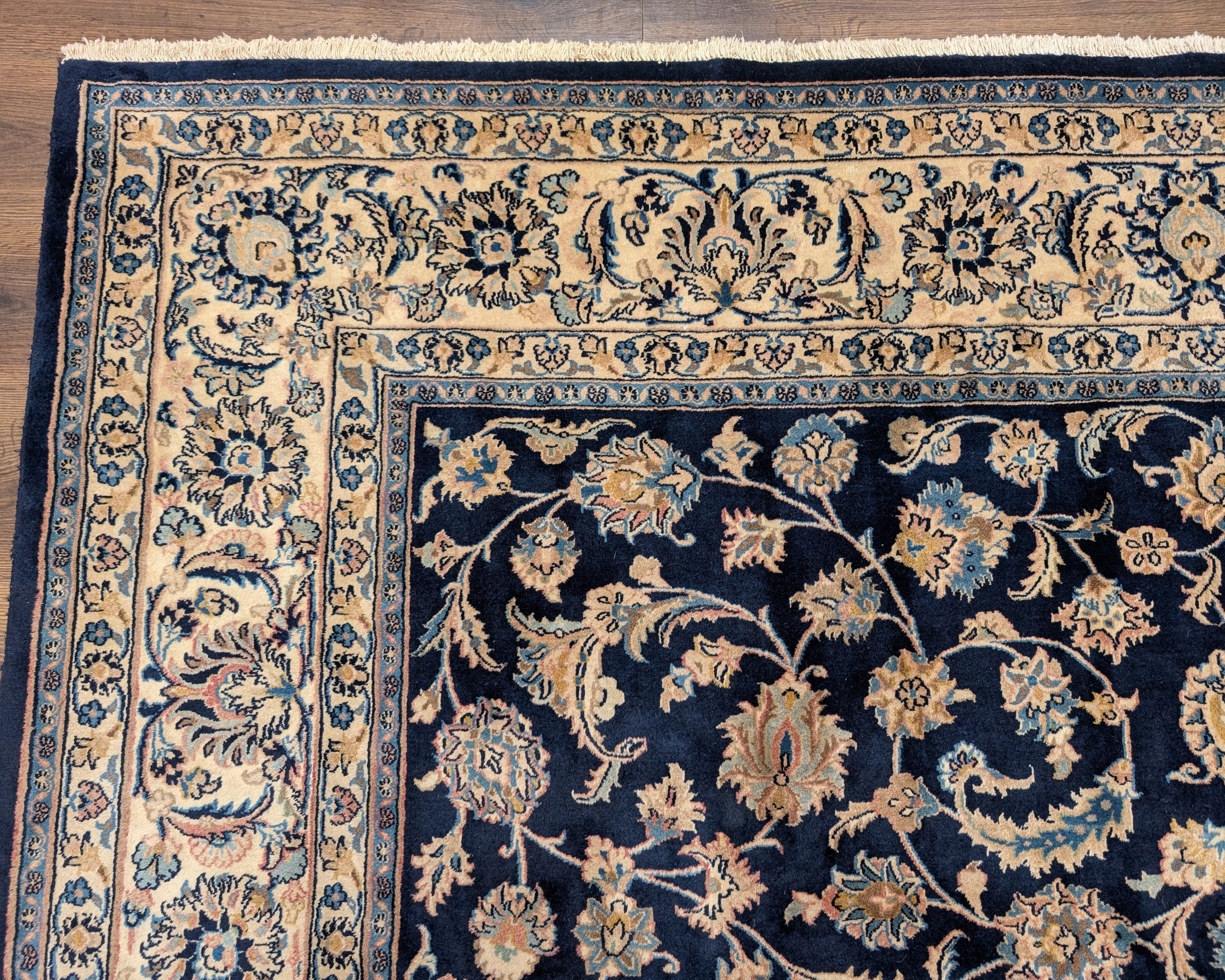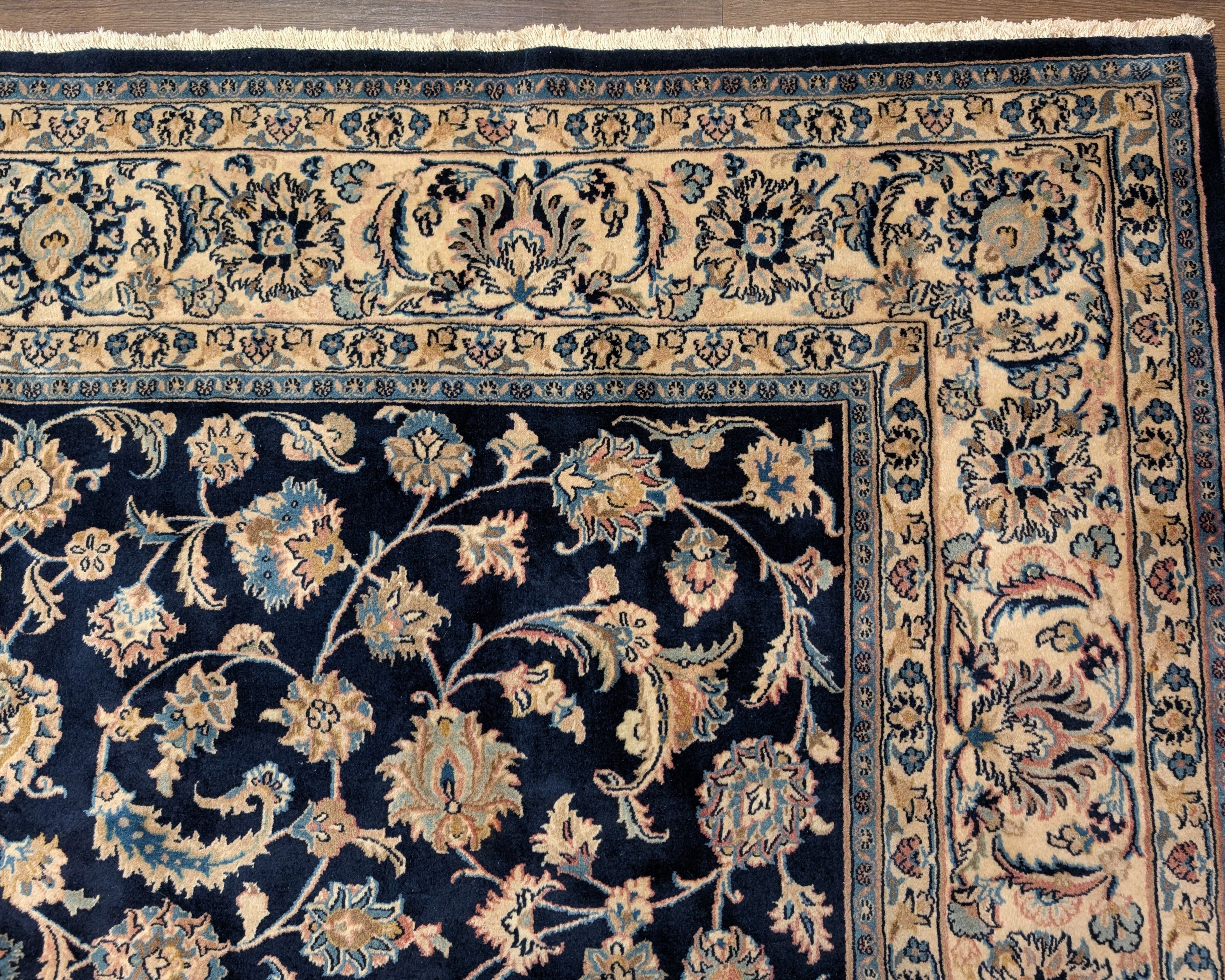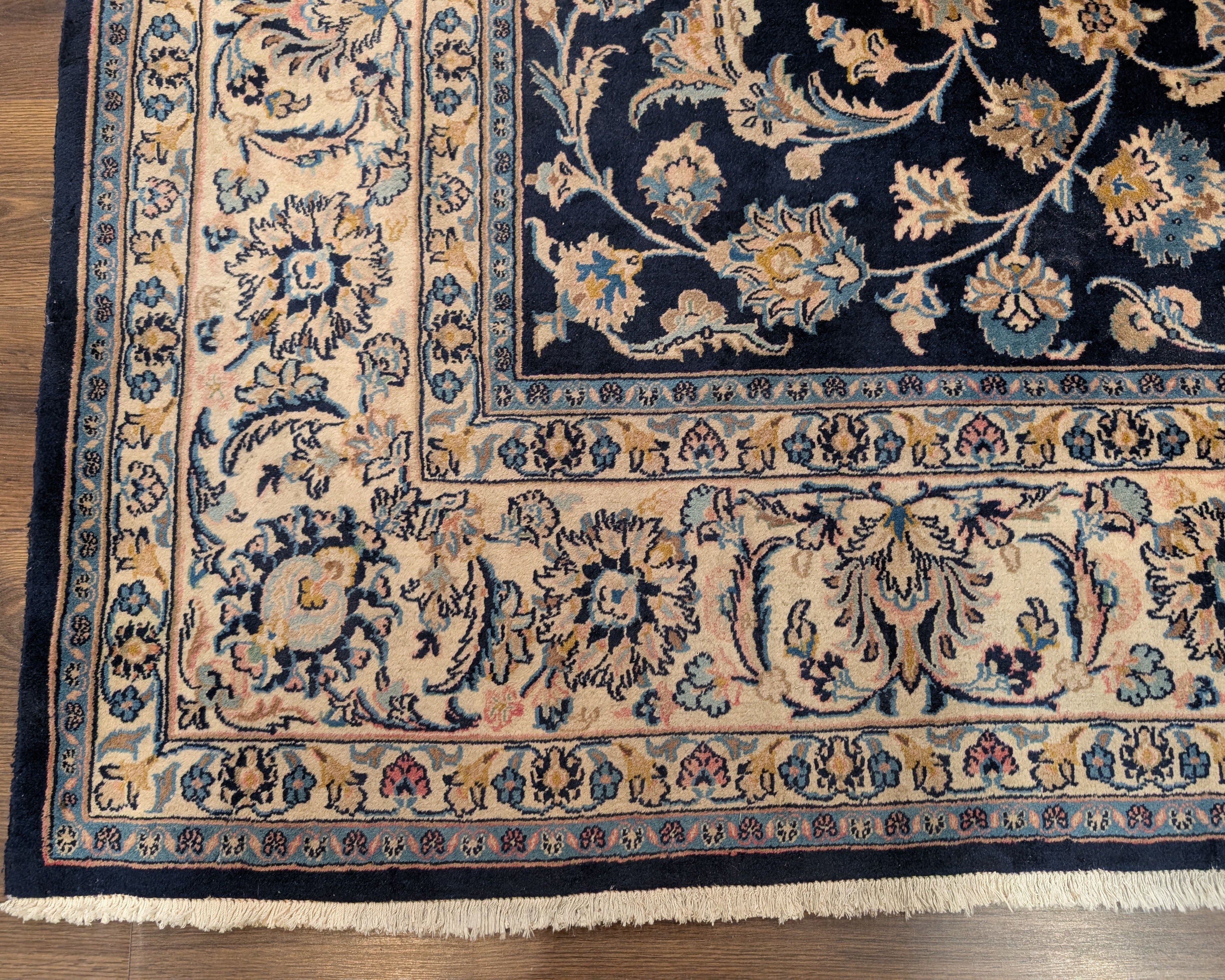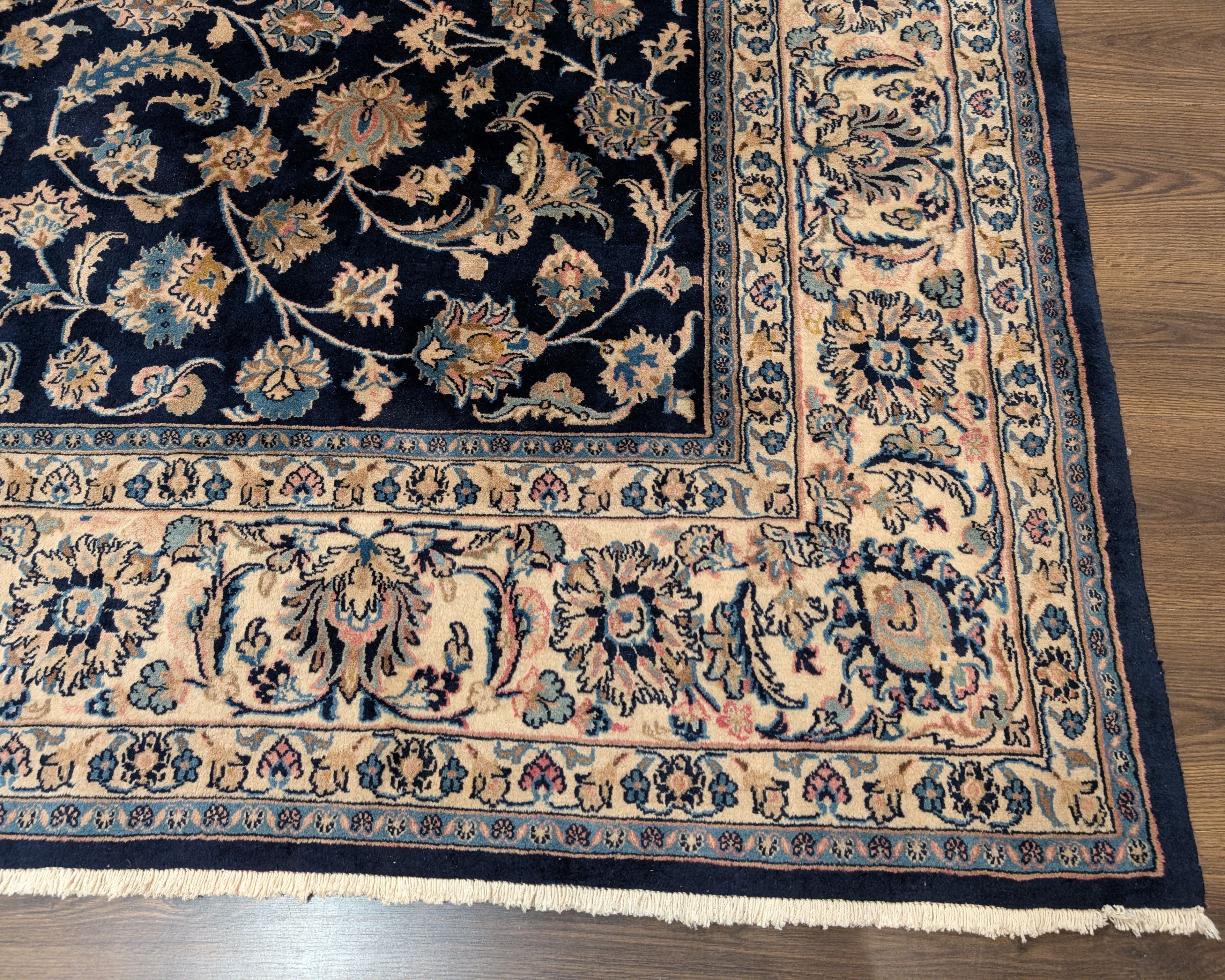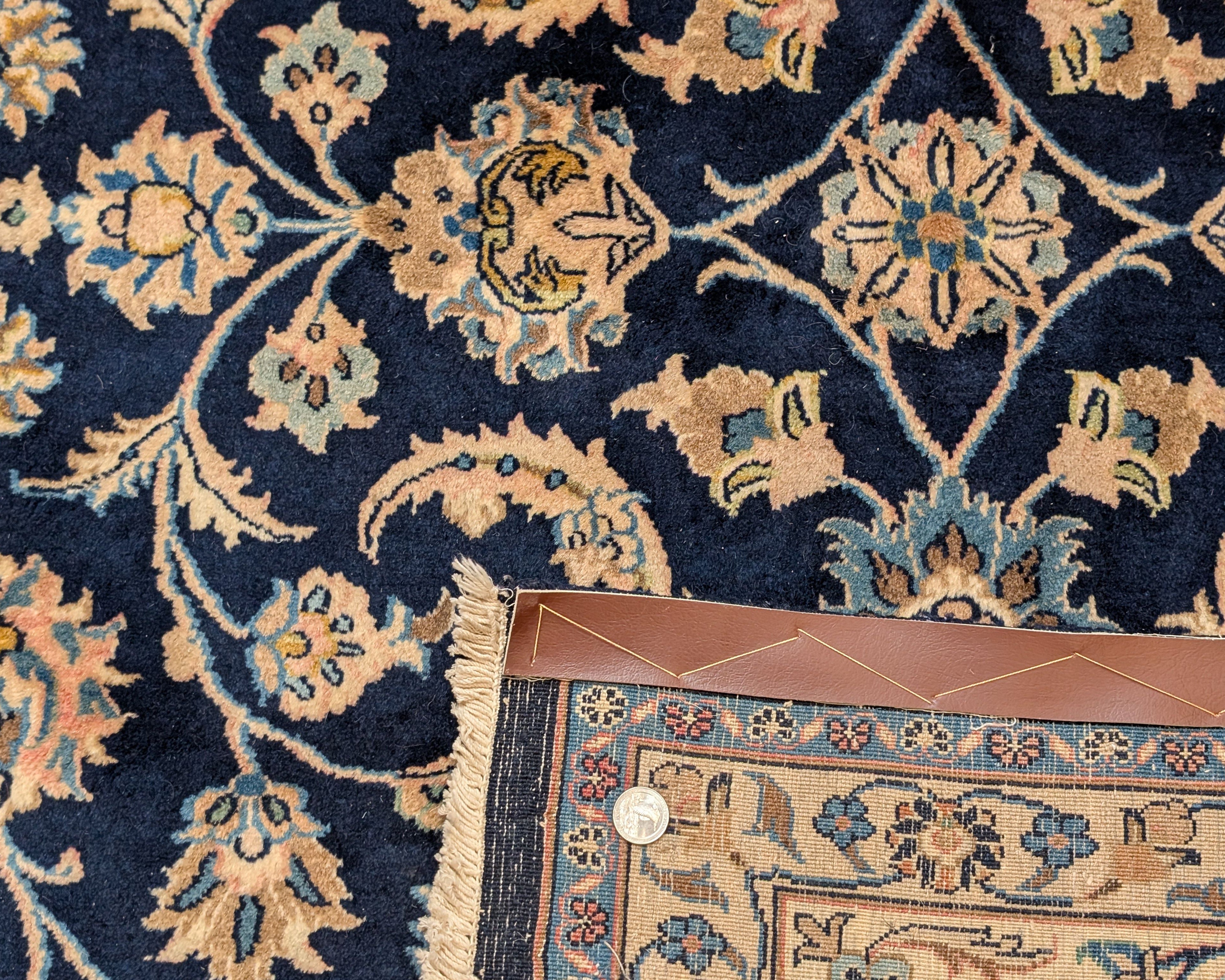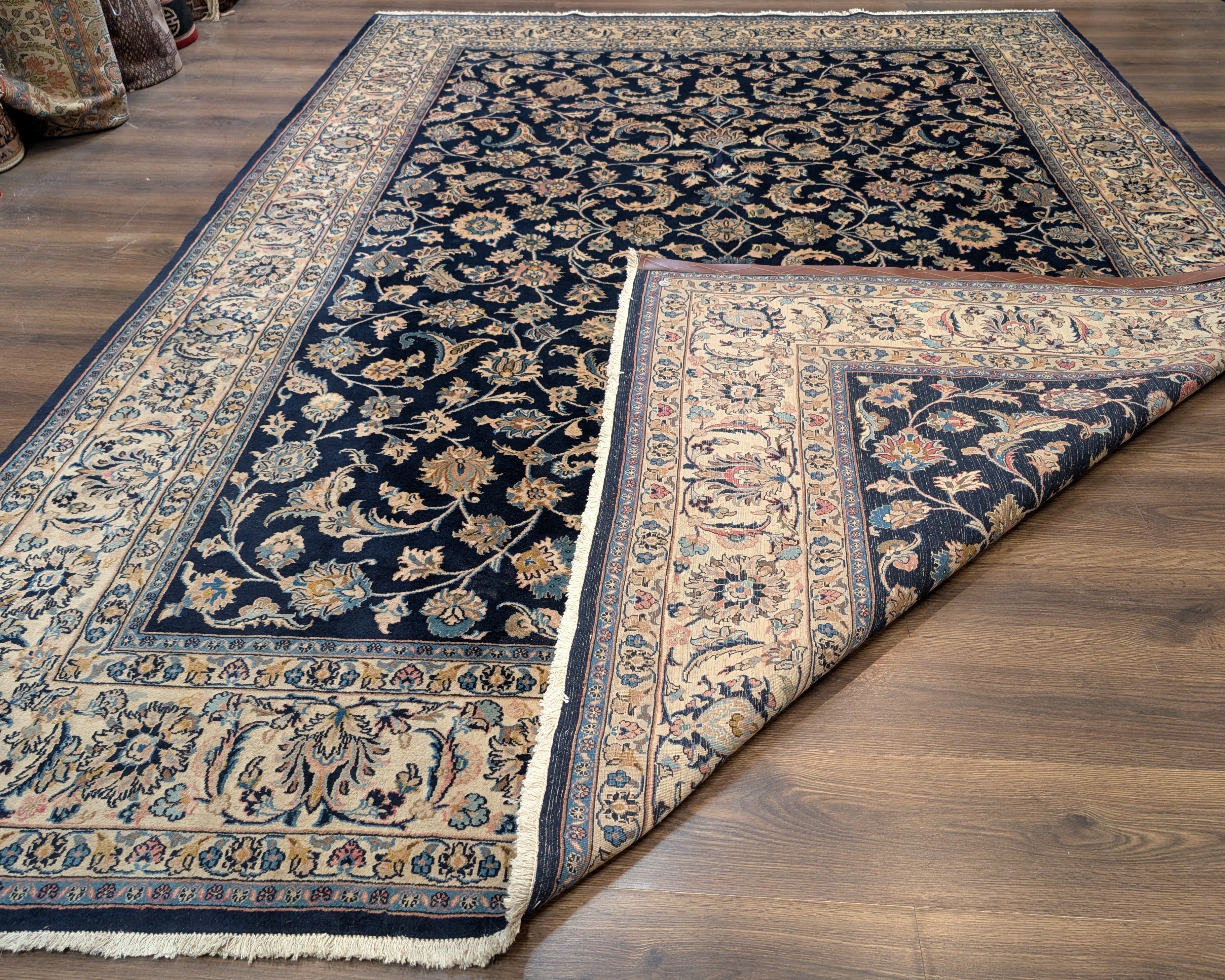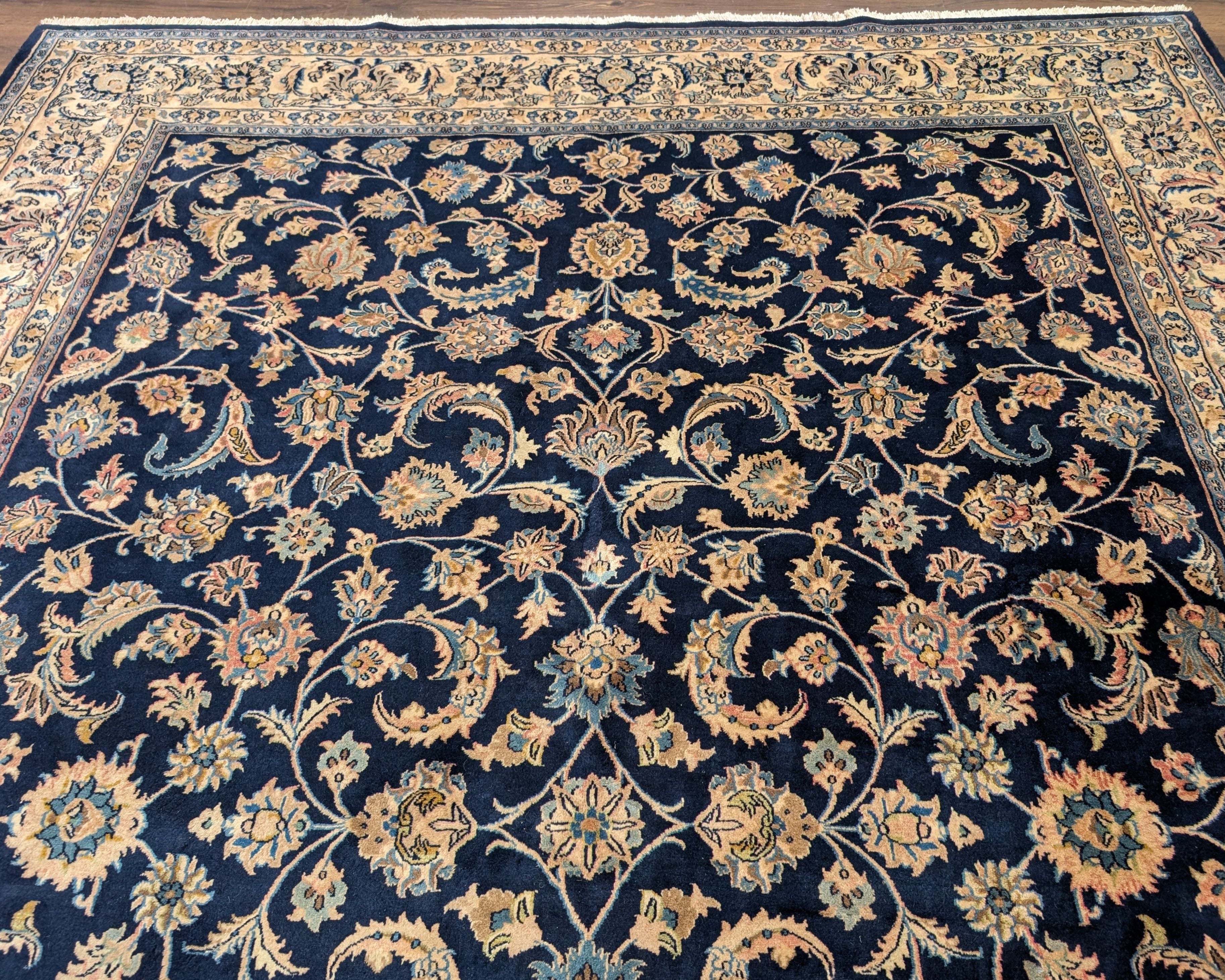Kashan Rugs: Persian Elegance & Craftsmanship
The History and Origins of Kashan Rugs
Kashan, an ancient city in central Iran, has been a hub for fine Persian carpet weaving since the Safavid dynasty (16th century). The city's strategic location along the Silk Road contributed to its status as a center for luxury textile production. Kashan carpets became highly sought after by nobility and collectors, gaining a reputation for their exceptional quality and refined artistry.
Distinctive Features of Kashan Rugs
Kashan rugs are instantly recognizable by their meticulous designs and high-knot density. Some key characteristics include:
- Central Medallion Patterns – Most Kashan rugs feature an elaborate central medallion, often surrounded by symmetrical floral motifs.
- High-Quality Wool & Silk – Kashan carpets are woven with premium wool, and some pieces incorporate silk highlights for added elegance.
- Rich Color Palette – Traditional Kashan rugs use deep reds, navy blues, ivory, and beige, creating a striking visual appeal.
- Fine Weave & High Knot Count – With a knot density ranging from 200 to 600 knots per square inch, Kashan rugs are among the most finely woven Persian carpets.
Traditional Kashan Rug Designs
Several motifs define the aesthetic of Kashan carpets, including:
- Medallion-and-Corner Design – A symmetrical layout with a central floral medallion and ornate corners.
- Allover Floral Patterns – Delicate vines, palmettes, and arabesques covering the field without a central medallion.
- Shah Abbas Motif – Named after the Safavid ruler, this intricate floral pattern is one of Kashan’s signature elements.
Types of Kashan Rugs
- Traditional Wool Kashan Rugs: Made from fine Persian wool, these are the most common and widely collected.
- Silk Kashan Rugs: Featuring intricate designs with a high knot count, these rugs are prized for their luxurious texture and vibrant colors.
- Mohtasham Kashan Rugs: These are antique Kashan rugs known for their exceptional craftsmanship, often woven in the late 19th and early 20th centuries.
Kashan Silk Rugs vs. Wool Rugs
While most Kashan rugs are crafted from high-quality wool, silk Kashan rugs are also renowned for their luminous sheen and exceptional detail. Silk Kashan carpets are finer, more delicate, and often considered investment pieces due to their rarity and craftsmanship.
Why Choose a Kashan Rug?
A genuine Persian Kashan rug is more than just a floor covering—it’s a piece of art with centuries of history. Whether placed in a formal living room, dining area, or grand hallway, these rugs elevate any space with their sophistication and cultural heritage.
Frequently Asked Questions About Kashan Rugs
What is a Kashan rug?
A Kashan rug is a hand-knotted Persian carpet woven in the city of Kashan, Iran. These rugs are renowned for their intricate floral designs, central medallion layouts, and high-quality materials. Traditionally crafted using fine wool or silk, Kashan rugs are considered among the most elegant and sought-after Persian carpets.
Why are Kashan rugs expensive?
Kashan rugs are expensive due to their high knot density, exceptional craftsmanship, and premium materials. The use of fine wool and silk, combined with the skill and time required to weave each piece, contributes to their value. Additionally, antique and high-quality Kashan rugs are highly collectible, further increasing their price.
What makes Kashan rugs different from other Persian rugs?
Kashan rugs stand out due to their symmetrical medallion designs, high-knot density, and superior wool quality. Their refined floral patterns and balanced compositions give them a regal and elegant aesthetic.
Are Kashan rugs good investments?
Yes, authentic Kashan rugs hold their value well, especially those made with fine wool or silk. Their high-quality craftsmanship and historical significance make them sought-after pieces for collectors.
What is the best way to care for a Kashan rug?
Gentle, regular vacuuming helps maintain Kashan rugs. For deep cleaning, professional rug washing is recommended every few years. Avoid direct sunlight and rotate the rug periodically to prevent uneven wear.












